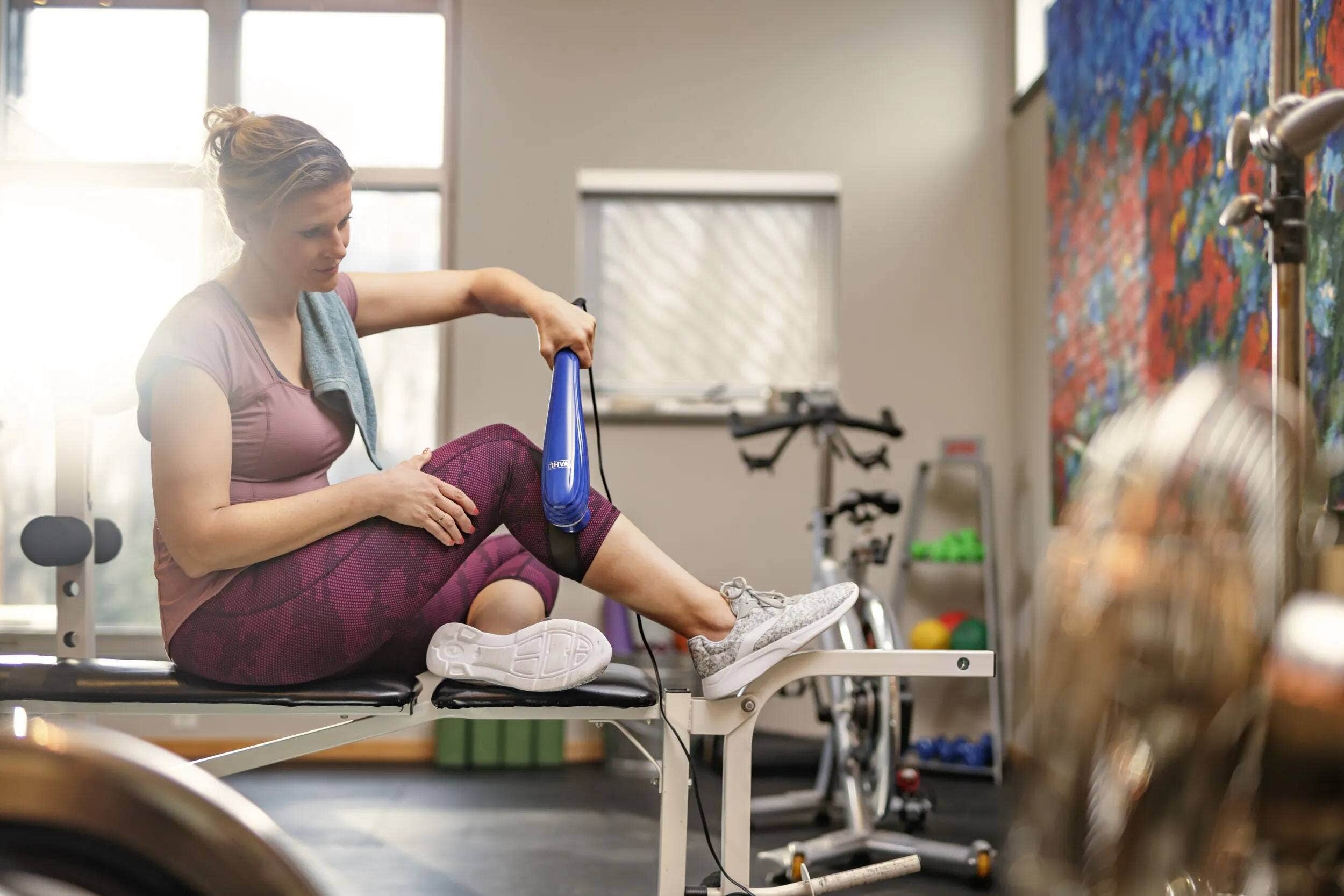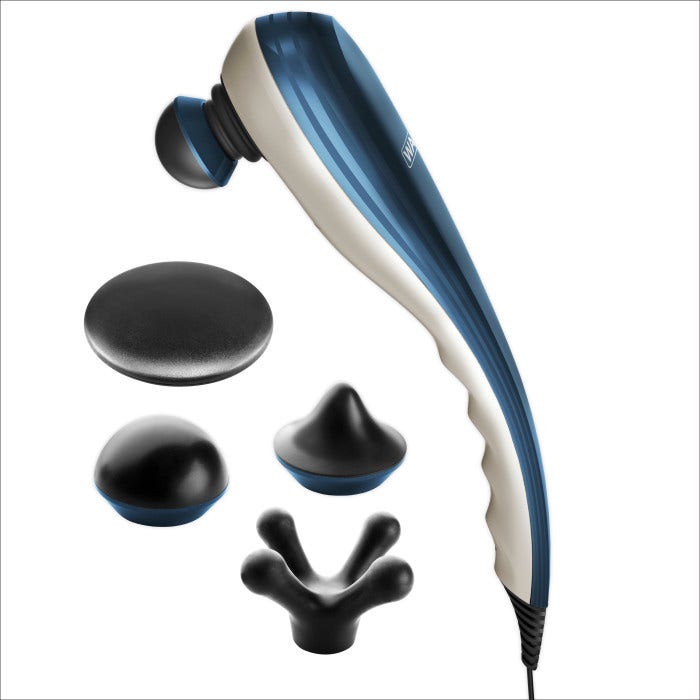September is National Pain Awareness Month and it’s the perfect time to pause and take a look at how daily life during a pandemic can impact our health, especially for those living with chronic pain. The fact that non-essential or non-emergency medical services continue to be limited and some surgeries are being postponed, the options for pain management may seem scant. Managing pain on the best day is a challenge — managing it through COVID-19 can seem like a Herculean effort.
But, there is hope. While it’s important to check with your doctor for guidance on treating your specific condition, the following tips can help reduce your pain during the age of COVID-19:
1. Ease stress by staying positive
Stress and anxiety from the pandemic can increase your body's sensitivity to pain, but by learning to take control of stress you may find significant relief from stubborn symptoms. Focusing on self-care, staying positive and being active, can lift your mood and make pain symptoms more tolerable. For example, there are specially designed sounds and music for guided meditation that provide a form of mental escape and help add peace to your life. Many of these guided meditations are easily accessible online and are often free. It involves creating images in your mind that lead to passive muscle relaxation.
2. Improve your health with daily exercise
Being active for 30 minutes a day can boost your overall health, and can be done at home with a variety of online videos. Exercise improves pain symptoms by releasing natural endorphins, which improve your temperament while also blocking pain. In addition, daily exercise will strengthen muscles, prevent re-injury, help maintain weight, control blood sugar and lower the risk of heart disease — all of which decrease pain symptoms. Remember, however, to first talk with your doctor about finding an exercise routine that is right for you.
3. Get an at-home massager for pain relief
Since COVID-19 has made going to a massage therapist challenging, try using an at-home massager for pain relief. Massage relieves muscle tension and decreases inflammation by activating genes that naturally reduce swelling. Hand-held massagers are an excellent option for maintaining a massage regimen during the pandemic as they can be used in the comfort of your home. For example, the Wahl Deep Tissue Massager uses high-penetration massage to attack muscle pain that hides below the surface. It can treat large muscle groups or pin-pointed problem areas through a combination of interchangeable heads and variable intensity control.
4. Practice good sleep hygiene
Sleep aids in pain relief; however, sleep can be unattainable because of pain symptoms. Thankfully, there are ways to help break this frustrating cycle. One idea, cut back on alcohol and caffeine as both inhibit restorative sleep. Another way to get your sleep back on track is by sticking to a schedule, this involves following a relaxing bedtime routine at the same time every night.
5. Connect with a virtual support group
Joining a virtual support group, and sharing your feelings with people who understand your pain struggles will help you feel less alone. It’s also a way to find the strength and encouragement you need to tackle daily challenges. What’s more, you may learn tips on how to manage your pain symptoms from people who’ve been through it. If sharing with others isn’t your thing, there are a number of mental health resource apps available. In fact, some are even free during the pandemic because so many people are feeling overwhelmed.
6. Stay in touch with your doctor
If your doctor has a pain management plan for you, make sure you stick with it. Patients often stop taking prescribed medications or don’t follow through with a plan of care, which can deter the plan's benefits. If you’re unsure of your plan, have questions, or are experiencing any side effects, talk to your doctor – many have made check-ins easier during the pandemic by offering telemedicine and video appointments. Another idea is to start a pain log. By tracking your pain levels and activities every day, your doctor can create a care plan that works best with your lifestyle.
Now, more than ever, prioritizing your health is crucial. The above tips are just some of the ways you can improve your physical well-being, and find the strength to better navigate the daily challenges of living with chronic pain in the age of COVID-19.
Dr. Anita Gupta is a pain anesthesiologist and pharmacist. More: anitagupta.com.
The foregoing does not create a doctor-patient relationship and is not intended to replace any guidance from your own treating physicians.
Authored by Dr. Anita Gupta (anitagupta.com)
Original Publish Date (8/27/20)

 India (English)
India (English)
 Middle East and Africa (English)
Middle East and Africa (English)
 South Africa (English)
South Africa (English)
 Australia (English)
Australia (English)
 Japan (日本語)
Japan (日本語)
 South East Asia (English)
South East Asia (English)
 Singapore (English)
Singapore (English)
 Europe (English)
Europe (English)
 United Kingdom (English)
United Kingdom (English)
 Argentina (Español)
Argentina (Español)
 Brazil (Portuguese)
Brazil (Portuguese)
 Colombia (Español)
Colombia (Español)
 Latin America (Español)
Latin America (Español)
 México (Español)
México (Español)
 Chile (Español)
Chile (Español)
 Peru (Español)
Peru (Español)
 Canada (English)
Canada (English)





_0_0.jpg)
